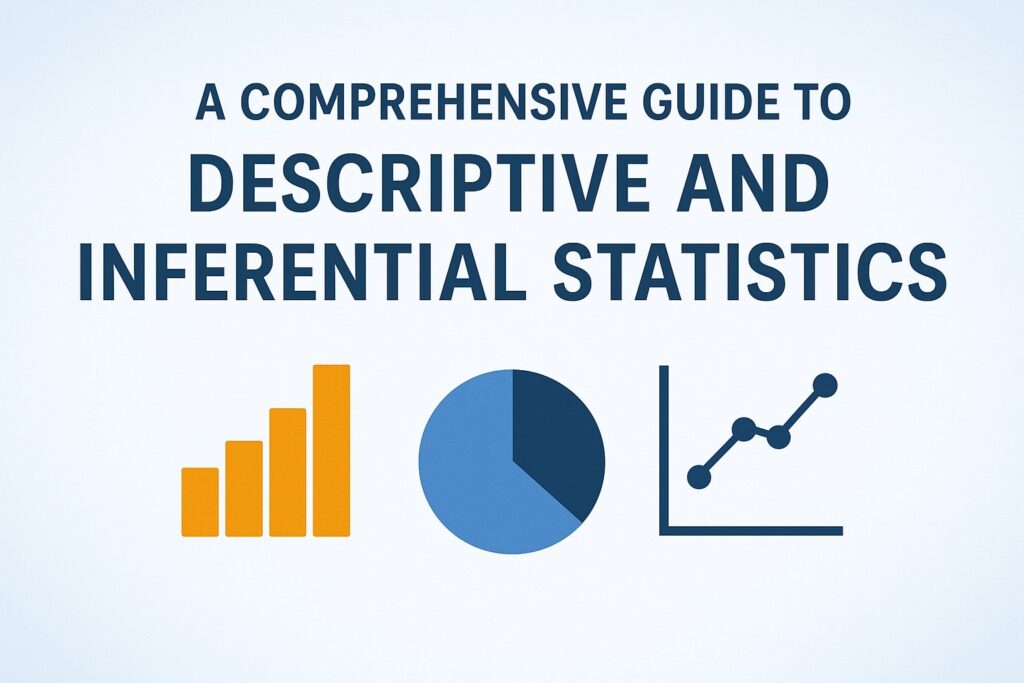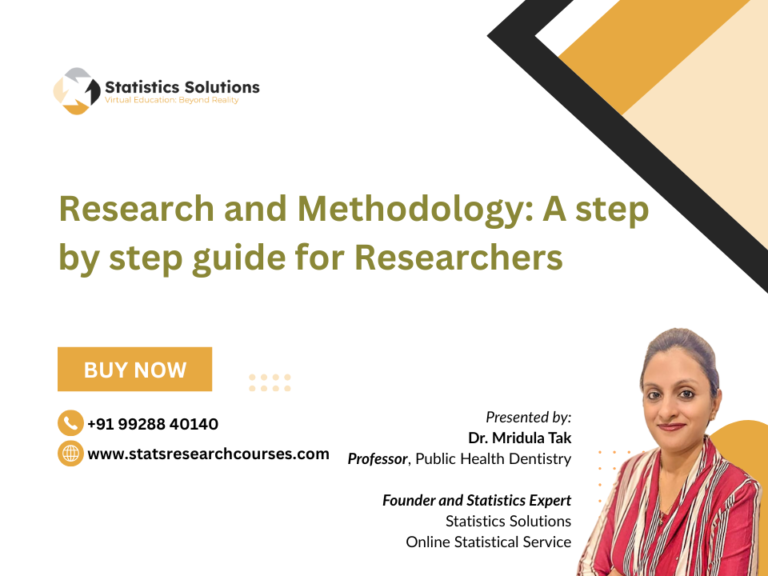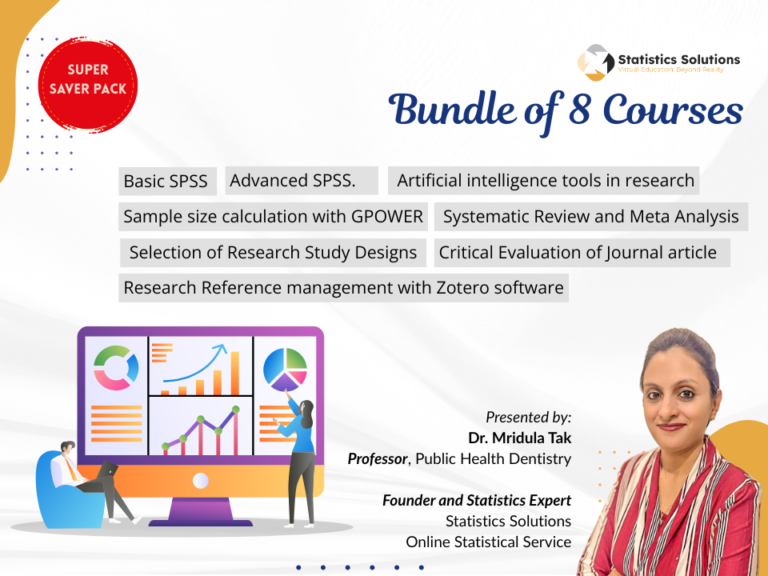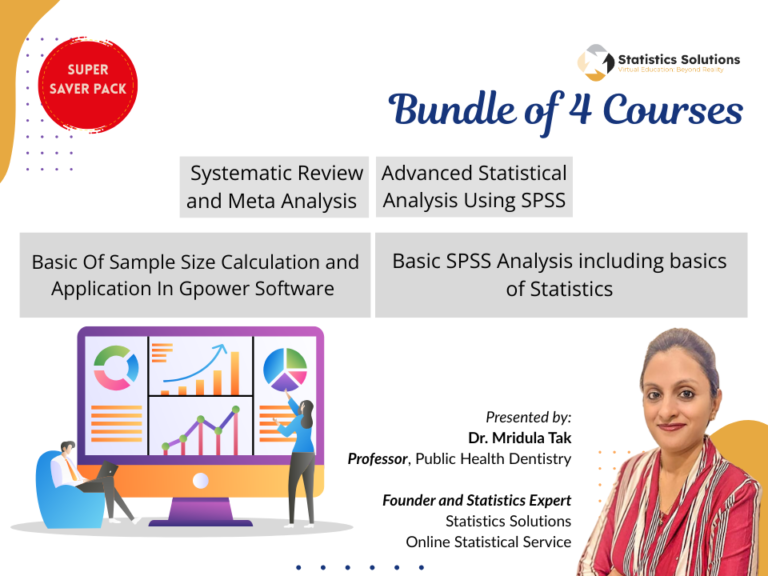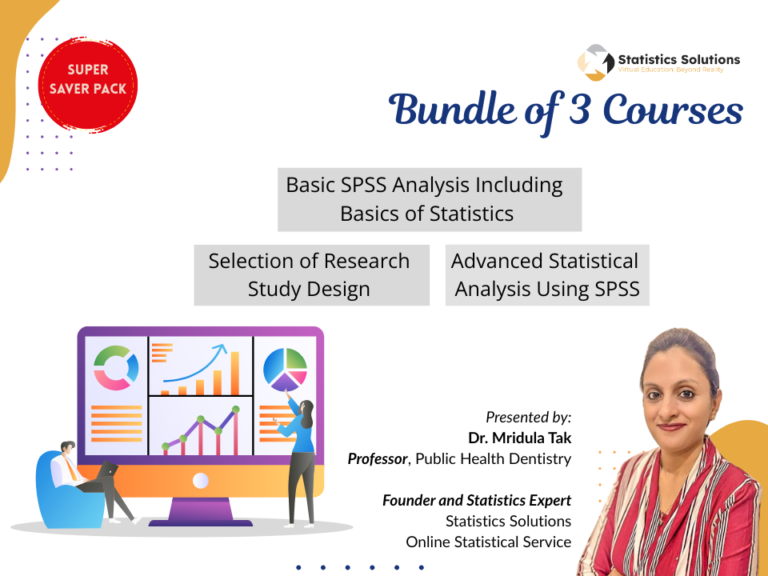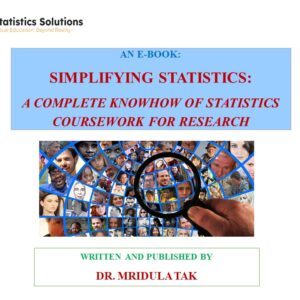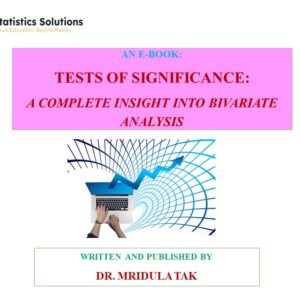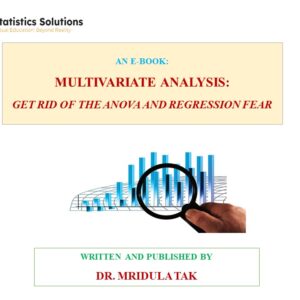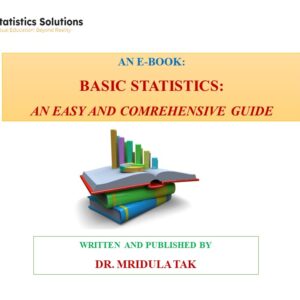Introduction
Statistics is a basic tool in almost all fields, including psychology, agriculture, education, medical, dental, nursing, geology, commerce, data science, and research. A master’s degree in statistics can provide you with the expertise to handle complex data-driven problems. In this blog, we will probe into the concepts of descriptive and inferential statistics, including their definitions, applications, and importance in research methods and qualitative research methodology. Unlocking insights into the basics of statistics, including probability and statistics, is required for becoming an expert in statistics and data science.
Descriptive Statistics
Descriptive statistics is a branch of statistics that helps in summarizing and describing data. It gives an insight into data, including measures of central tendency, variability, and distribution. Descriptive statistics is also useful in qualitative research methods along with quantitative methods, where it helps researchers to investigate arrays and trends in data. Descriptive statistics is also an important part of research methods in psychology, where it assists scholars to appreciate the features of a sample. By applying descriptive statistics, researchers can gain understandings into the data and make well-versed decisions.
Inferential Statistics
Inferential statistics, on the other hand, helps in creating inferences about a population based on sample data. It involves hypothesis testing with particular confidence intervals and levels of significance, and application of different tests including simple bivariate tests like chi square test to multivariate tests like regression analysis. Inferential statistics is an essential part of research methods to draw conclusions about a population based on sample data. Understanding inferential statistics along with definition of inferential statistics is vital for making knowledgeable choices. Inferential statistics is also used in various fields like psychology, agriculture, education, medical, dental, nursing, geology, commerce, data science, and research.
Research Methods and Statistics
Research methods and statistics are interweaved fields. Statistics is an indispensable tool in research methodology, helping researchers to collect, analyze, and interpret data. A statistics or research methodology book can deliver direction on the application of statistical techniques in research. IBM SPSS statistics software is a famous and user-friendly software in research for data analysis. Research books and statistics books can provide valuable insights into the application of statistics in research.
Probability and Statistics
Probability and statistics are important conceptions in data science statistics. Probability deals with the study of chance events, while statistics deals with the collection and analysis of data. Knowing probability and statistics is crucial for making conversant judgements in various fields. Probability statistics is an important part of hypothesis testing statistics, where it helps researchers to determine the significance of the results.
Hypothesis Testing
Hypothesis testing is an important tool of inferential statistics. It includes framing a hypothesis, collecting data, and testing the hypothesis using statistical techniques. Hypothesis testing statistics helps in finding the significance of the results. Statistical significance testing means to test whether the results are due to chance or if they are statistically significant and real. Understanding the concept of hypothesis and types of hypothesis are important for formulating a research hypothesis. Hypothesis exam and hypothesis testing process can help us understand the basics of hypothesis testing in research.
Significance Testing
Significance testing is a necessary facet of hypothesis testing. It involves determining whether the difference in groups are statistically significant or not. Tests of significance helps to define the significance of the results. By applying significance testing, investigators can gain confidence in the results of data and make well-versed conclusions.
Descriptive and Inferential Statistics
Descriptive and inferential statistics are basically very important to analyze and interpret data. So in short, Descriptive statistics provides a summary of the data, while inferential statistics makes inferences about a data. Hence, understanding the difference between descriptive and inferential statistics is essential. We can say that, Descriptive statistic and inferential statistic are important in statistics, which help to understand the characteristics of a sample to make extrapolations about a population.
Conclusion
In conclusion, descriptive and inferential statistics are important in almost all fields, including psychology, agriculture, education, medical, dental, nursing, geology, commerce, data science, and research. Knowing the basics of statistics, including probability and statistics, hypothesis testing, and significance testing, is helpful. A master’s degree in statistics can equip you with the skills to tackle complex data-driven problems. With the help of statistics books, research books, and online courses, such as introduction to statistics and clinical research courses, you can grow a deep knowledge of statistics and its applications. An introduction to statistical learning can provide valuable insights into the application of statistical techniques in research
Buy Ebooks Online -
-
Books
RESULT TABLES PREPARATION: NOW NO MORE STRUGGLE (A E-BOOK)
Rated 0 out of 5₹799.00Original price was: ₹799.00.₹399.00Current price is: ₹399.00. Add to cart -
Books
SIMPLIFYING STATISTICS: A COMPLETE KNOWHOW OF STATISTICS COURSEWORK FOR RESEARCH (AN E-BOOK)
Rated 0 out of 5₹1,399.00Original price was: ₹1,399.00.₹899.00Current price is: ₹899.00. Add to cart -
Books
TESTS OF SIGNIFICANCE: A COMPLETE INSIGHT INTO BIVARIATE ANALYSIS (AN E-BOOK)
Rated 0 out of 5₹899.00Original price was: ₹899.00.₹499.00Current price is: ₹499.00. Add to cart -
Books
MULTIVARIATE ANALYSIS – GET RID OF THE ANOVA AND REGRESSION FEAR (An E-book)
Rated 0 out of 5₹899.00Original price was: ₹899.00.₹499.00Current price is: ₹499.00. Add to cart -
Books
BASIC STATISTICS-AN EASY AND COMPREHENSIVE GUIDE (An E-book)
Rated 0 out of 5₹799.00Original price was: ₹799.00.₹399.00Current price is: ₹399.00. Add to cart

